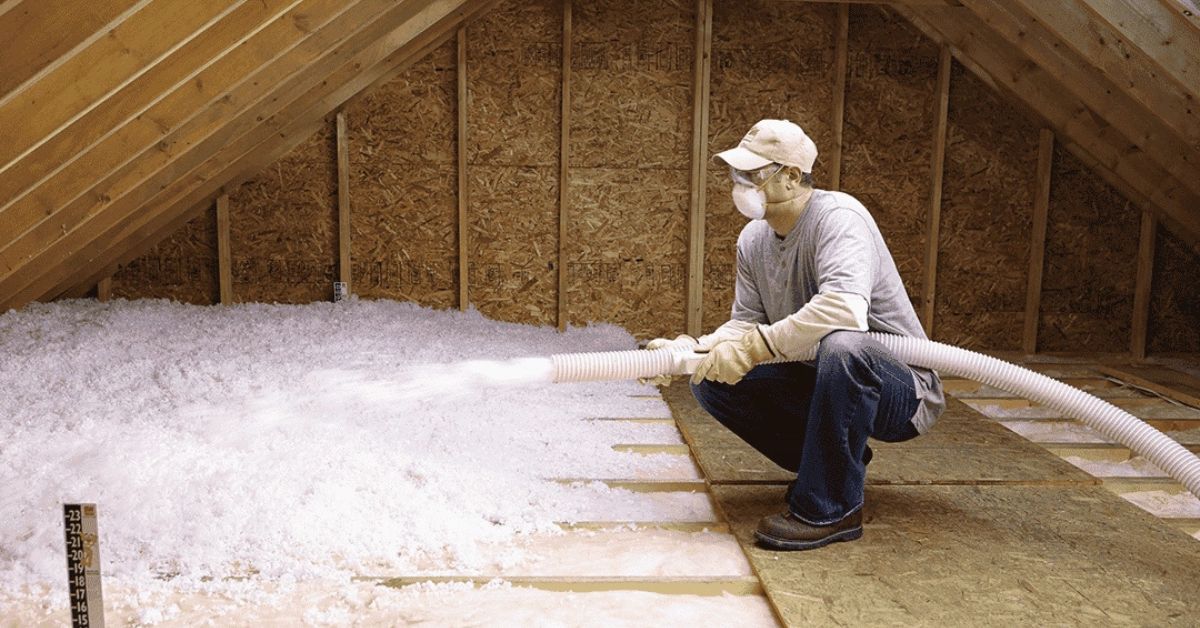Homeowners often think of insulation as something that keeps the house warmer in the winter and cooler in the summer. But the truth is, attic insulation does much more than that—it impacts energy bills, indoor air quality, and even the home’s structural health. We will explore the more profound value of attic insulation services, highlighting why upgrading or replacing insulation is more than a cosmetic improvement. A properly insulated attic helps regulate the home’s temperature by keeping air from escaping where it shouldn’t. It also prevents moisture buildup, which can lead to mold, wood rot, or unwanted pests. Over time, many attics lose insulation effectiveness due to settling, damage, or outdated materials. What once offered protection now quietly leaks energy, costing homeowners more than they realize. Whether in new construction or older homes, reassessing attic insulation is a smart move that brings comfort, efficiency, and peace of mind.
Rethinking What’s Above Your Ceiling
Understanding the Signs Your Attic Needs Attention
You don’t notice attic insulation daily, but your home will show signs when it’s no longer performing. Uneven temperatures between rooms, sudden spikes in heating or cooling costs, and drafts that seem to come from nowhere are all signs of an insulation problem. Sometimes, insulation becomes compacted over time or gets damaged by water, animals, or even simple aging. When that happens, it loses its ability to form an effective thermal barrier between your living space and the elements outside. In colder climates, you might notice ice dams forming on your roof during winter—a clear sign of heat escaping upward. In warmer areas, the upstairs rooms may stay uncomfortably hot no matter how much the AC runs. These patterns indicate the attic is no longer helping regulate the home’s temperature as it should. An insulation assessment can identify trouble spots and determine if patching, replacement, or additional insulation is needed.
Different Types of Insulation and Their Uses
When considering attic insulation services, it’s helpful to know there’s no single material used in every home. Each type of insulation—fiberglass batts, cellulose, spray foam, or blown-in—offers specific benefits depending on your home’s layout and goals. Fiberglass batts are commonly found in older homes and are recognizable by their pink or yellow color. They work well in uniform spaces but may leave gaps in irregularly shaped attics—blown-in cellulose, made from recycled materials, seals tiny air leaks in existing structures. Spray foam offers an all-in-one solution that insulates and seals air leaks but requires more careful application. The material choice often depends on how accessible the attic is, what the budget looks like, and whether ventilation upgrades are needed simultaneously. Some homes benefit from a combination of insulation types, especially when the goal is to maximize energy savings without significant construction work.
Air Sealing: The Silent Partner to Insulation
Insulation often gets the credit for energy efficiency, but air sealing is just as important—and sometimes overlooked. Air leaks can occur around light fixtures, chimneys, vent fans, and even where walls meet ceilings. When these leaks are left untreated, they allow outside air to seep in and conditioned air to escape, which weakens the effect of even the most modern insulation. That’s why insulation services frequently include an air-sealing step. The process identifies areas where gaps exist and uses caulk, foam, or weather stripping to close them off. Even small leaks can significantly affect heating and cooling, especially when multiplied across the surface of an attic. Sealing these gaps helps the insulation perform as it should, forming a continuous barrier and stabilizing indoor temperatures. Many homeowners are surprised at how noticeable the difference is just a few days after sealing and insulating are completed.
Working with Insulation Providers for Long-Term Gains
Finding the right team to upgrade your attic insulation isn’t just about convenience but quality and long-term effectiveness. A proper evaluation includes more than checking the insulation’s depth; it looks at airflow, existing moisture problems, and how well your HVAC system performs with the current setup. Insulation pros will also consider how your attic is used—whether it’s a storage area, home office, or space—when designing the insulation strategy. Working with seasoned providers like First Defense Insulation can help ensure the materials and techniques are tailored to your home’s needs and plans. A good provider will also offer transparency about costs, benefits, and expected return on investment. In many cases, local and federal incentives exist for improving insulation, especially if your upgrades significantly improve energy efficiency. In the long term, a properly insulated attic often pays for itself in savings and added home value.
Attic insulation is one of those home improvements that rarely gets the spotlight, yet it’s critical to how your home performs daily. While walls and windows get the attention, the attic quietly holds the key to consistent comfort, healthier air, and energy efficiency. We will explore how an insulation upgrade—when paired with air sealing and done with attention to detail—can transform how your home feels year-round. The benefits go beyond heating and cooling; they touch on everything from noise control to moisture prevention. If your home hasn’t had its attic insulation checked in years, it may be time to reconsider what’s overhead. Small changes in this hidden space can lead to significant gains in both comfort and cost. And for homeowners seeking peace of mind, knowing that something as simple as insulation can have a lasting impact on their everyday lives is reassuring.
Also Read: How Do Contractors Estimate Roof Replacement Timelines Accurately?

